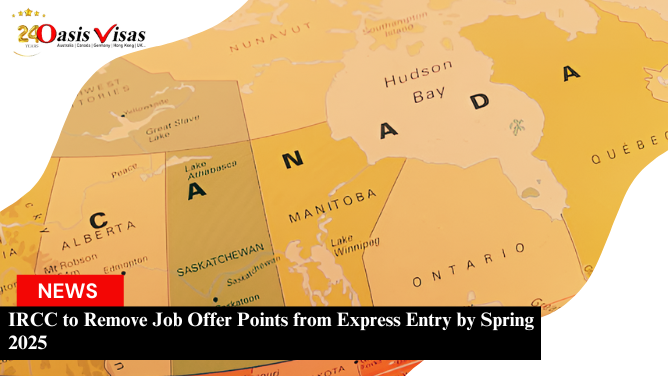
From past few years Canada is taking up prior plans for immigration scales to set future goals. It is increasing immigration targets yet again. It will look to welcome almost 432,000 new immigrants this year instead of its initial plan to welcome 411,000 newcomers.
The announced plan for coming three years is as followed;
2022: 431,645 permanent residents
2023: 447,055 permanent residents
2024: 451,000 permanent residents
Immigration Minister Sean Fraser explained “This levels plan is a balance of needs for our country and our international obligations. It focuses on attracting skilled workers who will contribute to Canada’s economy and tackle the labour shortage, while recognizing the importance of family reunification, and helping the world’s most vulnerable populations through refugee resettlement. Our focus remains on supporting our economic resurgence through increased retention of newcomers in regions with real economic, labour and demographic challenges. I’m proud of what Canada has achieved thus far, and I want wait to see how newcomers will continue to make Canada a top destination of choice.”
In 2022, 56% of new immigrants will arrive under economic class pathways such as Express Entry, the Provincial Nominee Program (PNP), and the Temporary to Permanent Residence (TR2PR) stream that was available in 2021.
The PNP will be the main admissions program for economic class immigrants with Immigration, Refugees and Citizenship Canada (IRCC) looking to land 83,500 newcomers via the PNP in 2022. IRCC has cut Express Entry admissions in half for this year but aims to return to normal Express Entry admissions levels by 2024 when it targets the arrival of 111,500 Express Entry immigrants then.
The levels plan seems to suggest that IRCC is temporarily reducing Express Entry admissions so it can accommodate admissions under the TR2PR program. IRCC is looking to land 40,000 immigrants in 2022 and the final 32,000 immigrants by 2023 under the TR2PR stream.
In the meantime, Express Entry draws are continuing on a biweekly basis and IRCC is processing Express Entry applications.In addition, most of Canada’s provinces and territories operate the PNP and PNP invitations have been ongoing since the start of the pandemic.
The family class will comprise 24 per cent of admissions targets in 2022, with 80,000 set to arrive under the Spouses, Partners, and Children Program, and 25,000 set to arrive under the Parents and Grandparents Program (PGP). IRCC has increased its PGP admissions target slightly, by 1,500 additional spots, compared with its previous plan.
The remaining 20 per cent of immigrants will arrive under refugee and humanitarian programs. This is an increase of about 5 percentage points compared to Canada’s last immigration levels plan, and it is likely a function of Canada looking to resettle 40,000 Afghan refugees over the coming years. The higher refugee and humanitarian intake will result in economic and family class immigration comprising a smaller share than usual, however both those classes will account for a higher share of Canada’s newcomers in 2023 and 2024, as Canada looks to reduce its refugee and humanitarian intake once it completes its Afghan resettlement operation.
Immigration plan for following years-
| Immigration Class | 2022 | 2023 | 2024 |
| Economic | 241,850 | 253,000 | 267,750 |
| Family | 105,000 | 109,500 | 113,000 |
| Refugee | 76,545 | 74,055 | 62,500 |
| Humanitarian | 8,250 | 10,500 | 7,750 |
| Total | 431,645 | 447,055 | 451,000 |
Canada’s main immigration law, the Immigration and Refugee Protection Act (IRPA), states the Canadian government must announce its immigration plan by November 1 each year when Parliament is sitting. However, a levels plan announcement did not take place last year due to the Canadian government holding an election in September.
The levels plan guides Canada’s immigration system. It outlines the number of immigrants Canada will look to welcome under its various federal, provincial, and territorial programs. IRCC and the provinces and territories then adjust their operations based on the plan to ensure they are able to attract, settle, integrate, and retain the targeted levels of newcomers set to arrive.









